A Shifting Timeline: Understanding The Length Of Papal Conclaves
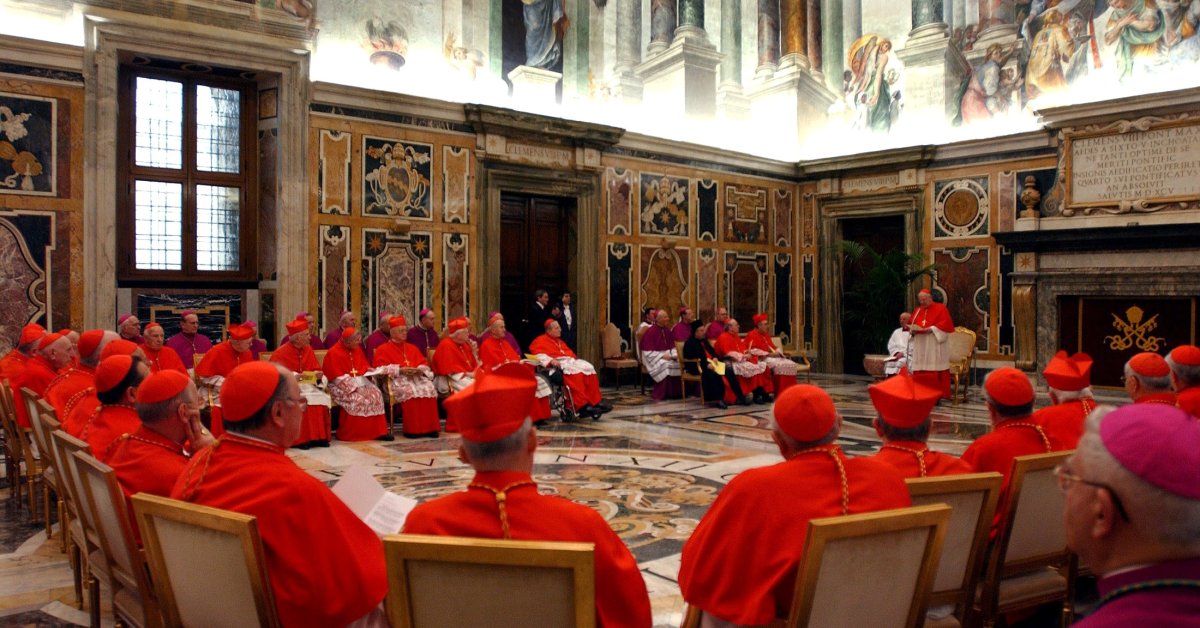
Welcome to your ultimate source for breaking news, trending updates, and in-depth stories from around the world. Whether it's politics, technology, entertainment, sports, or lifestyle, we bring you real-time updates that keep you informed and ahead of the curve.
Our team works tirelessly to ensure you never miss a moment. From the latest developments in global events to the most talked-about topics on social media, our news platform is designed to deliver accurate and timely information, all in one place.
Stay in the know and join thousands of readers who trust us for reliable, up-to-date content. Explore our expertly curated articles and dive deeper into the stories that matter to you. Visit Best Website now and be part of the conversation. Don't miss out on the headlines that shape our world!
Table of Contents
A Shifting Timeline: Understanding the Length of Papal Conclaves
The death or resignation of a Pope plunges the Catholic Church into a period of intense anticipation: the conclave. This secretive gathering of cardinals, tasked with electing the next Supreme Pontiff, is steeped in tradition, yet its duration remains surprisingly unpredictable. While some conclaves conclude swiftly, others drag on for days, even weeks, leaving the world in suspense. Understanding the factors influencing the length of these pivotal events offers insight into the complexities of papal succession.
Historical Precedents: A Variable Timeline
Historically, the length of papal conclaves has varied considerably. Some have concluded within hours, demonstrating a clear consensus amongst the cardinals. Others have stretched for weeks, reflecting deep divisions and protracted negotiations. For instance, the conclave of 1268 lasted nearly three years, famously resulting in the election of Gregory X and the eventual implementation of regulations aimed at speeding up the process. These historical examples highlight the inherent unpredictability of the conclave's duration.
Factors Influencing Conclave Length:
Several key factors contribute to the length of a papal conclave:
-
Cardinal Dynamics: The personalities and relationships amongst the cardinals play a crucial role. Strong factions, differing theological viewpoints, and personal ambitions can all lead to protracted negotiations and deadlock. A highly fragmented electorate inherently increases the time required to reach a consensus.
-
Global Political Climate: External political pressures and global events can indirectly influence the conclave's timeline. Significant geopolitical tensions or internal Church conflicts might necessitate longer deliberations as cardinals carefully consider the challenges facing the future Pope.
-
Secrecy and Deliberation: The inherent secrecy surrounding the conclave contributes to its unpredictable nature. The lack of public information about the ongoing discussions makes it difficult to gauge progress and predict an outcome. This deliberate secrecy is designed to protect the integrity of the process and allow for candid discussions among the cardinals.
-
Conclave Rules and Procedures: While rules exist to govern the conclave's proceedings, including limitations on daily voting and the requirement for a two-thirds majority, these guidelines don't always dictate the pace of the process. Strategic maneuvering and unforeseen challenges can still prolong the deliberations.
Recent Conclaves: A Comparative Analysis
Examining recent conclaves provides valuable context. The conclave that elected Pope Benedict XVI in 2005 lasted just 24 hours, while the conclave that selected Pope Francis in 2013 concluded after only five ballots, underscoring the possibility of rapid consensus. These shorter conclaves demonstrate that when a clear favorite emerges or a sense of unity prevails amongst the cardinals, the election can proceed efficiently.
The Impact of Media Coverage:
The intense media scrutiny surrounding papal conclaves inevitably adds another layer of complexity. The constant speculation and global attention can indirectly affect the cardinals' deliberations, adding to the pressure and potentially influencing the timeline. The 24/7 news cycle often amplifies the anticipation, creating a sense of urgency (or sometimes, impatience) surrounding the election.
Conclusion: An Unpredictable but Essential Process
The length of a papal conclave remains intrinsically unpredictable. It is a complex interplay of human dynamics, political considerations, procedural rules, and media attention. While the Church strives for a swift and efficient process, the ultimate timeline is shaped by the unique circumstances of each election. Understanding these contributing factors allows for a more informed and nuanced perspective on this crucial event in Catholic history. Learning about the historical precedents and the factors influencing the process gives us a deeper appreciation for the weight of responsibility resting on the shoulders of the cardinals during this period of transition.

Thank you for visiting our website, your trusted source for the latest updates and in-depth coverage on A Shifting Timeline: Understanding The Length Of Papal Conclaves. We're committed to keeping you informed with timely and accurate information to meet your curiosity and needs.
If you have any questions, suggestions, or feedback, we'd love to hear from you. Your insights are valuable to us and help us improve to serve you better. Feel free to reach out through our contact page.
Don't forget to bookmark our website and check back regularly for the latest headlines and trending topics. See you next time, and thank you for being part of our growing community!
Featured Posts
-
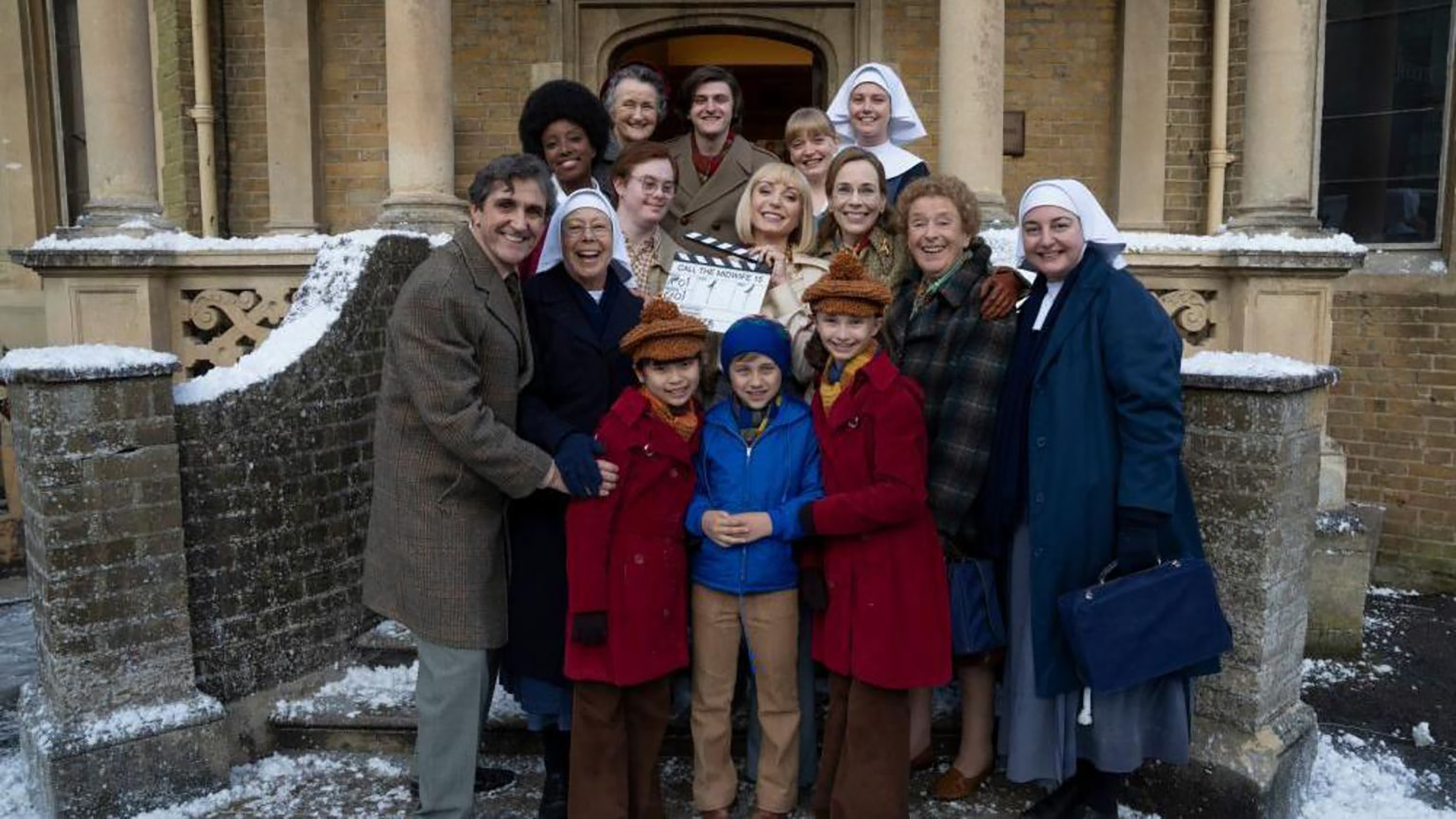 The Call The Midwife Universe Expands Season 16 Prequel And Film In Development
May 09, 2025
The Call The Midwife Universe Expands Season 16 Prequel And Film In Development
May 09, 2025 -
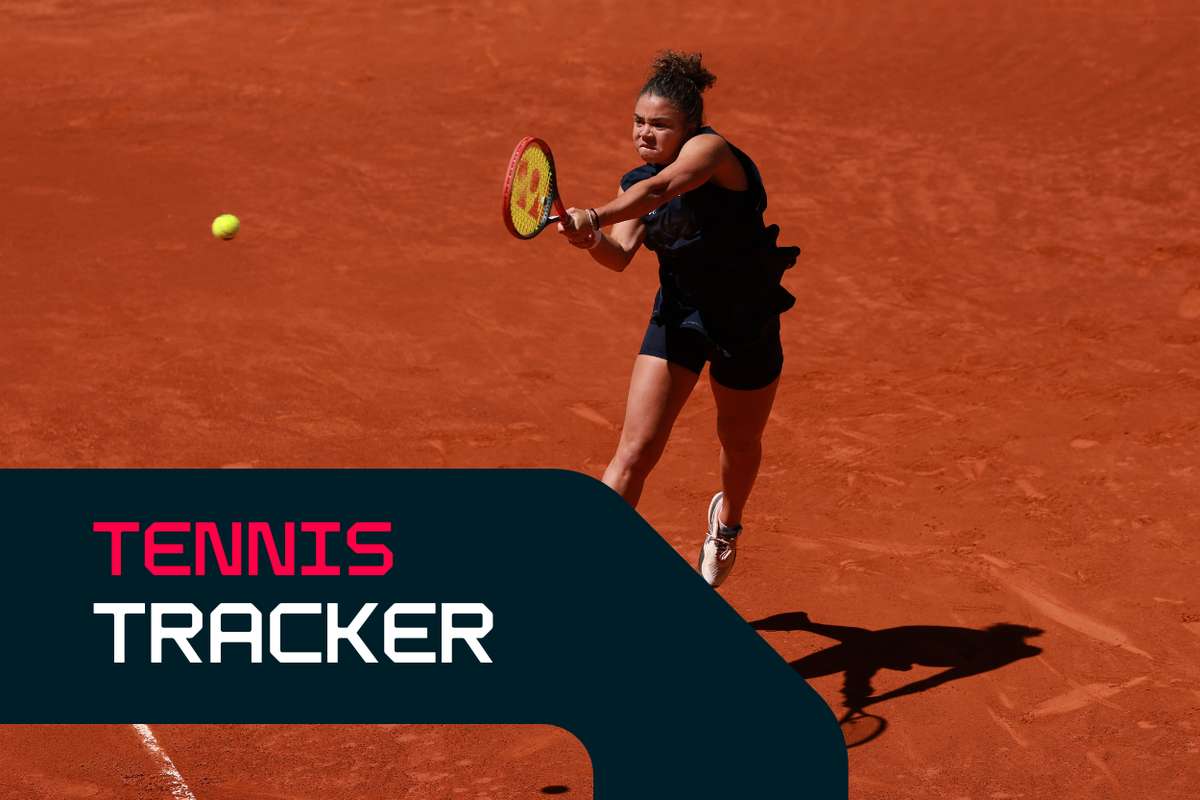 Tennis Tracker Update Swiatek And Fonseca Match Results After Osakas Rome Win
May 09, 2025
Tennis Tracker Update Swiatek And Fonseca Match Results After Osakas Rome Win
May 09, 2025 -
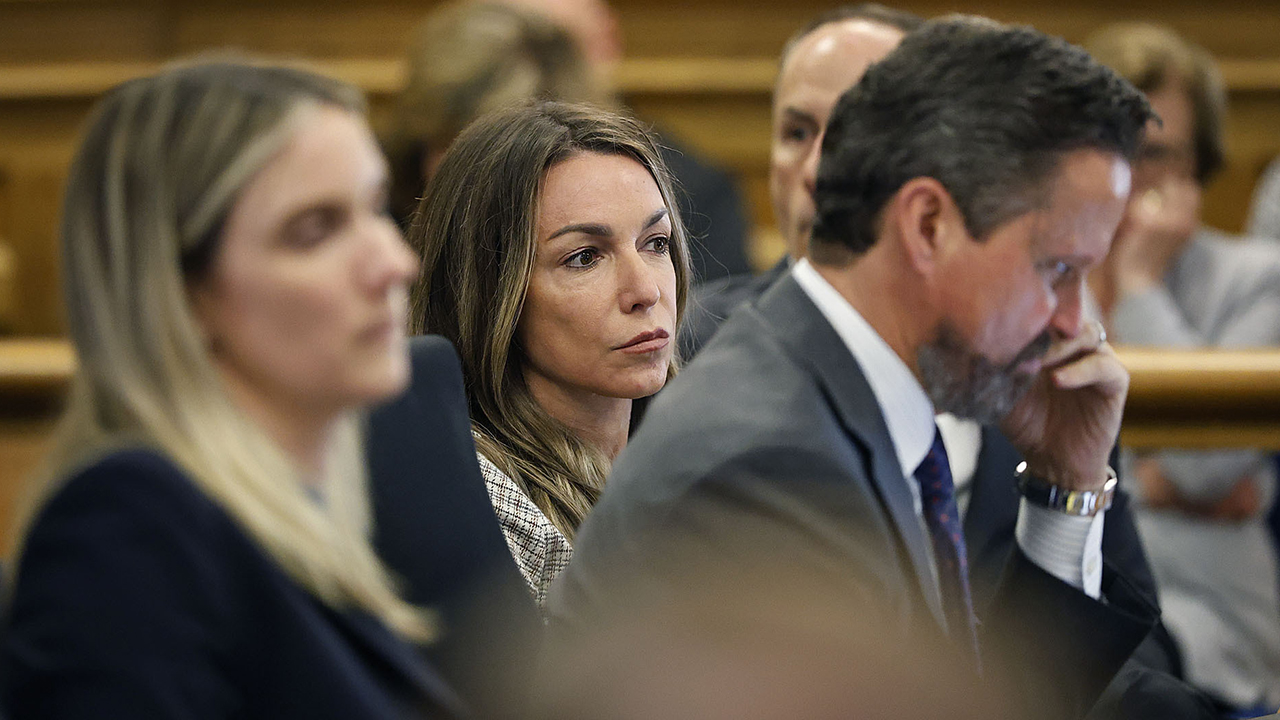 Karen Reads Cell Phone Crucial Evidence In Upcoming Prosecutorial Case
May 09, 2025
Karen Reads Cell Phone Crucial Evidence In Upcoming Prosecutorial Case
May 09, 2025 -
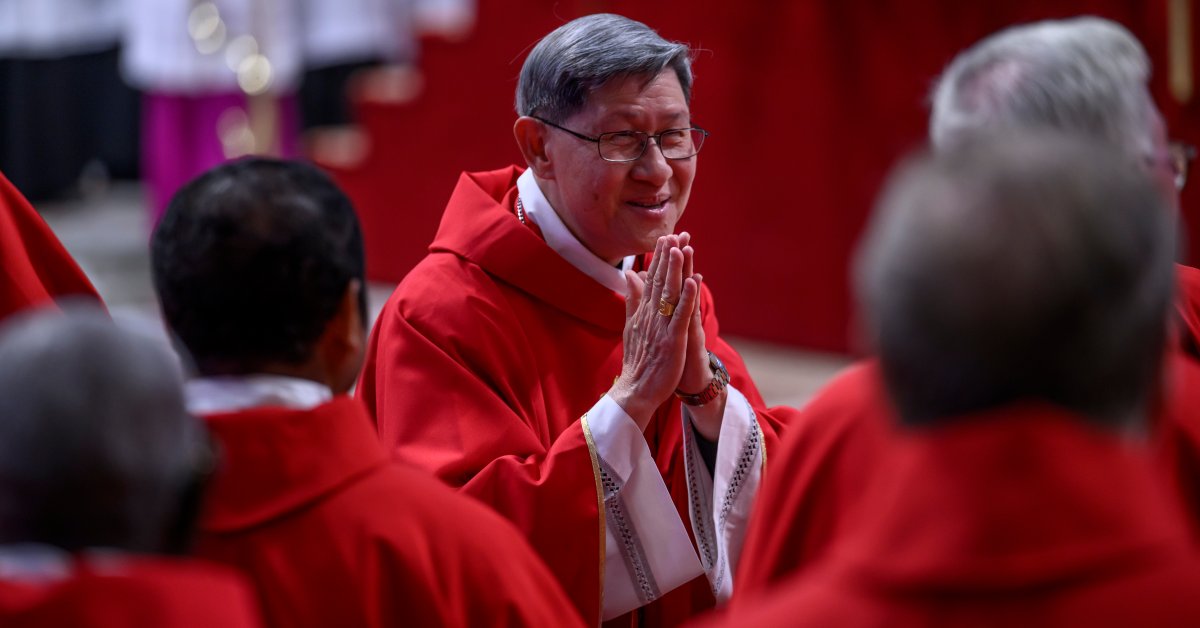 Meet Cardinal Luis Antonio Tagle A Leading Candidate To Become The Next Pope
May 09, 2025
Meet Cardinal Luis Antonio Tagle A Leading Candidate To Become The Next Pope
May 09, 2025 -
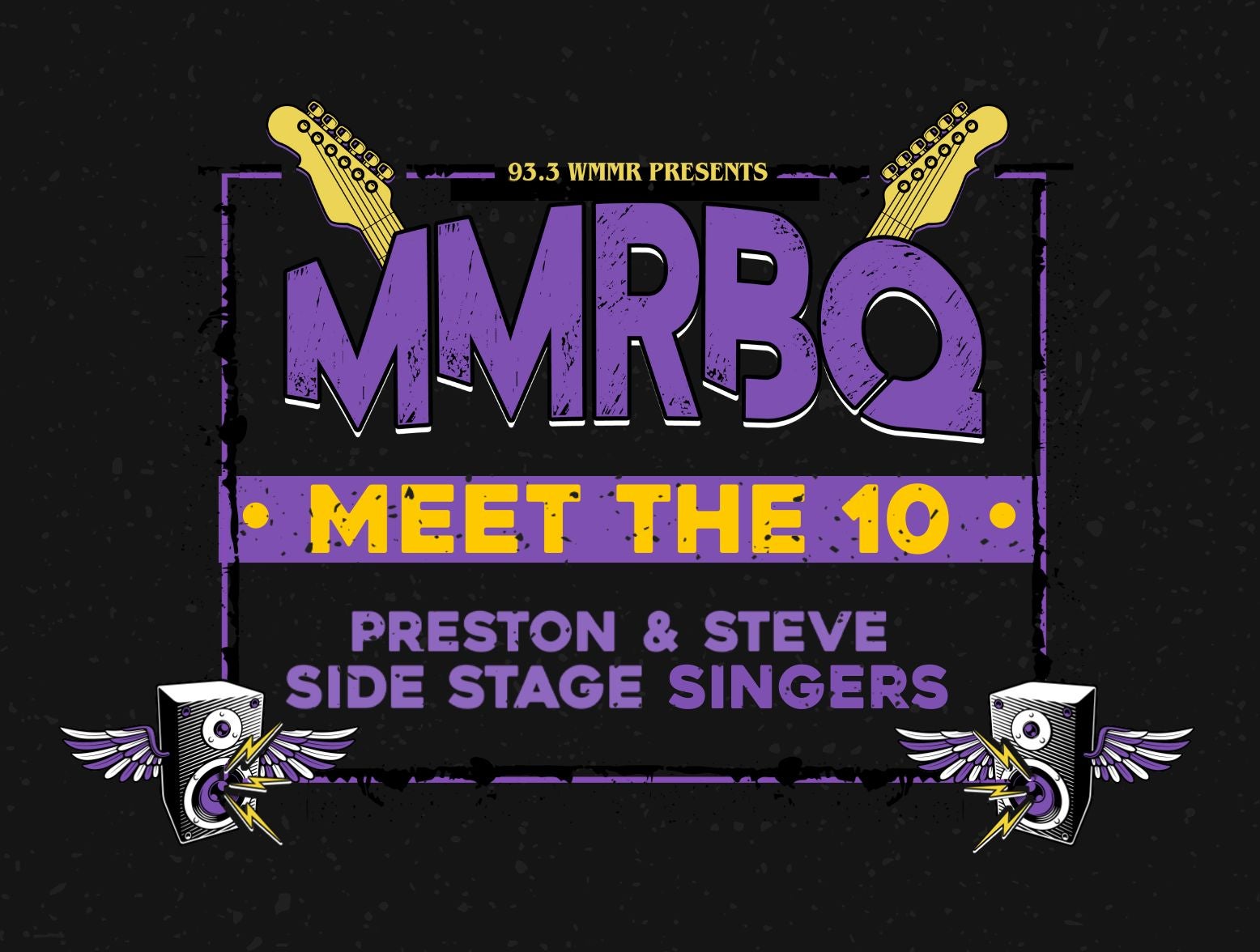 Preston And Steves Mmrbq 25 Unveiling The 10 Side Stage Performers
May 09, 2025
Preston And Steves Mmrbq 25 Unveiling The 10 Side Stage Performers
May 09, 2025
